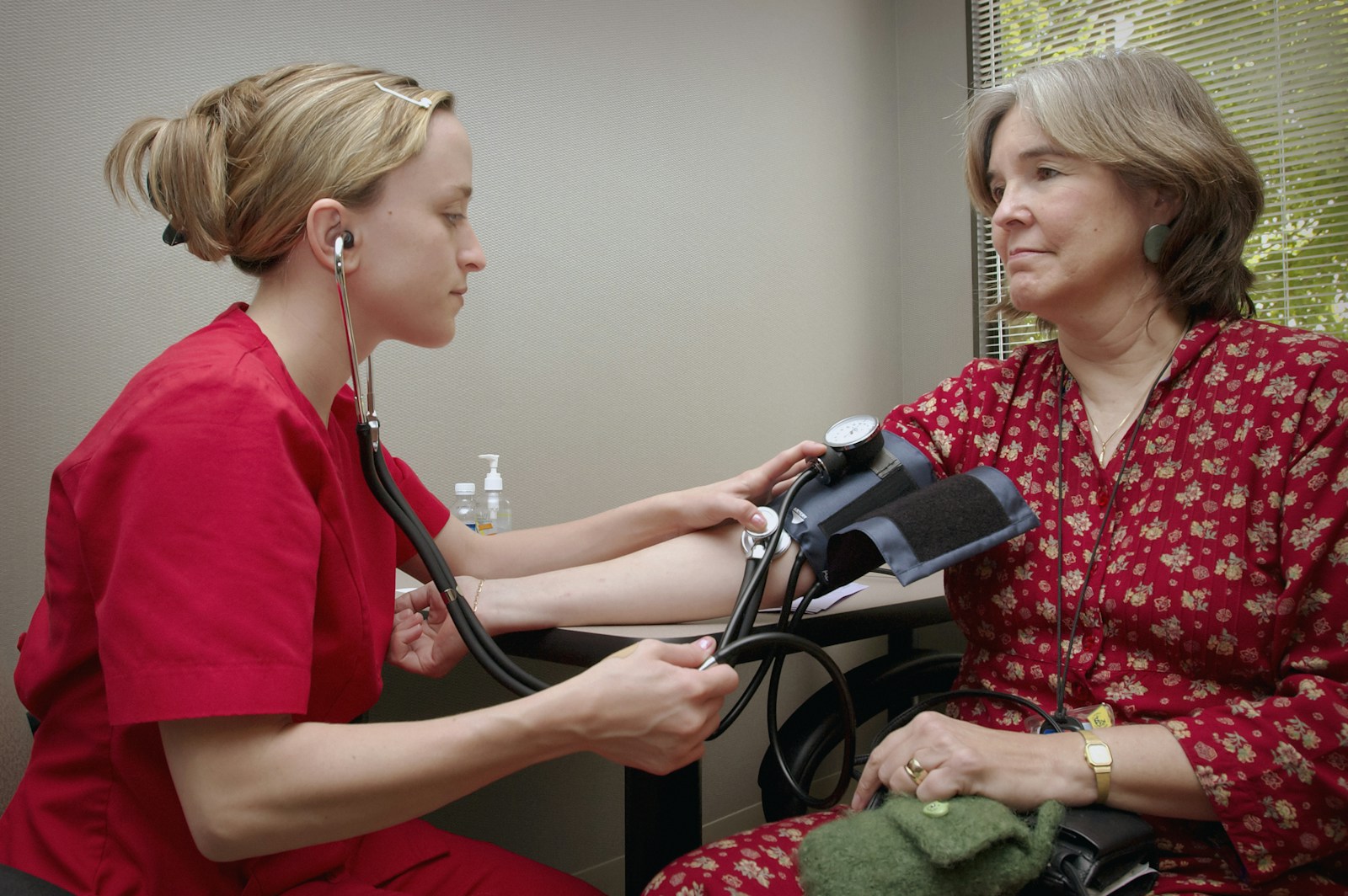
Understanding and monitoring blood pressure is a crucial aspect of maintaining overall health, especially as we age. For many, blood pressure is a familiar term, but fully grasping what the numbers mean, why they fluctuate, and how to keep them in a healthy range can be complex. This in-depth guide aims to demystify blood pressure, offering clear, evidence-based information to empower seniors, their families, and caregivers with the knowledge needed for proactive health management.
Regular blood pressure monitoring is not just a recommendation; it’s a vital practice that can help identify potential issues early on, preventing more serious health complications down the line. A blood pressure chart, for instance, serves as an invaluable tool for tracking changes over time, helping both individuals and healthcare professionals spot trends and potential problems before they escalate. This detailed exploration will walk you through the essentials, from decoding your readings to understanding age-specific guidelines and effective management strategies.
Paying close attention to these vital signs can make a significant difference in well-being and longevity. We will cover key concepts that underpin blood pressure health, providing practical insights and actionable advice drawn directly from medical expertise, ensuring you are well-informed to make the best decisions for your health or that of your loved ones.
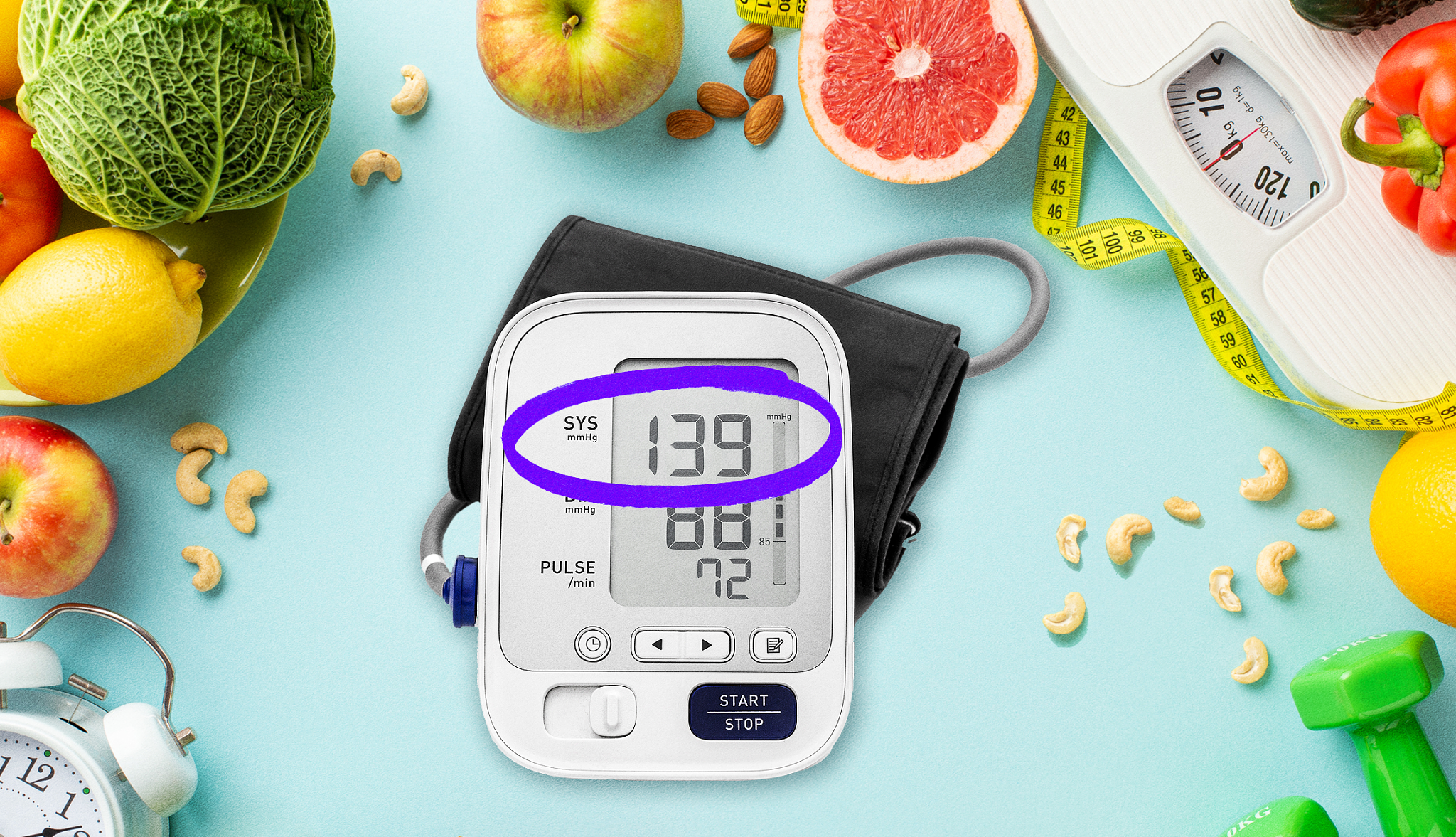
1. **Understanding the Systolic and Diastolic Blood Pressure Numbers**When you receive a blood pressure reading, it is always presented as two numbers, typically expressed as a fraction, such as 120/80 mm Hg. Each of these numbers carries a distinct and crucial meaning, reflecting different phases of your heart’s activity. The top number is known as your systolic pressure, while the bottom number represents your diastolic pressure. Understanding what each signifies is fundamental to interpreting your overall blood pressure health.
Your systolic blood pressure is the highest level your blood pressure reaches. This measurement occurs specifically when your heart contracts, or squeezes, to pump blood out and circulate it to the rest of your body. It reflects the force blood exerts against your artery walls during this active pumping phase. A healthy systolic reading indicates that your heart is efficiently moving blood through your system without undue strain during its most active phase.
Conversely, the bottom number, your diastolic blood pressure, measures the lowest level your blood pressure reaches. This reading is taken when your heart is at rest, specifically between beats, as it relaxes and fills with blood. It indicates the pressure in your arteries when your heart is refilling and preparing for the next beat. Both numbers are critical for a comprehensive assessment of cardiovascular health, with both too high or too low readings signaling potential issues.
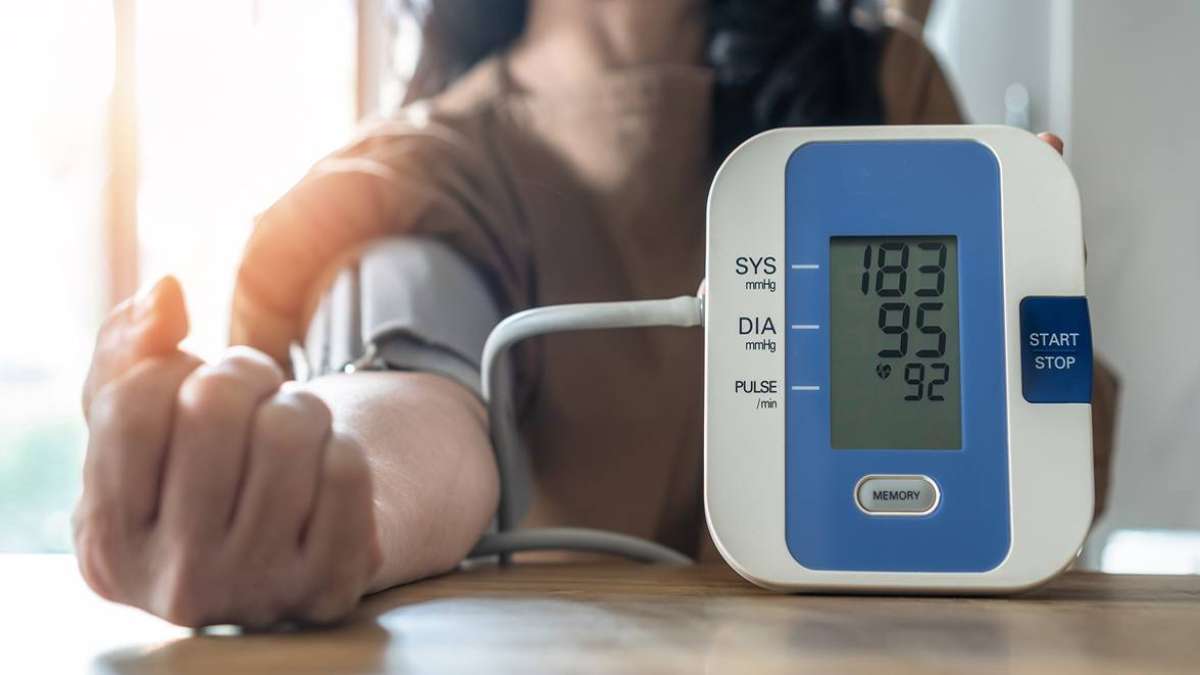
2. **The “Silent Killer”: Why High Blood Pressure is Dangerous**High blood pressure, medically known as hypertension, is frequently referred to as a “silent killer” for a very significant reason. It has the dangerous characteristic of often causing damage to the body without presenting any noticeable or obvious symptoms. This insidious nature means that many individuals living with high blood pressure may be completely unaware of their condition, allowing it to progress and cause harm over an extended period without detection.
The lack of overt symptoms means that the condition can go undiagnosed and untreated for years, silently impacting vital organs and systems. By the time symptoms do appear, they are often indicative of a medical emergency, such as a heart attack or a stroke. While less common, in an emergency, symptoms like a rapid pulse, sweating, and a headache can be experienced. Recognizing the potential for silent progression emphasizes the critical importance of regular blood pressure checks as a preventative measure.
Untreated high blood pressure can lead to severe and life-threatening health problems, including heart disease, kidney failure, and stroke. It places immense strain on the heart and blood vessels, accelerating the hardening of arteries and increasing the risk of various cardiovascular complications. Therefore, understanding this silent threat underscores the necessity of proactive monitoring and adherence to a doctor’s treatment plan if diagnosed with hypertension, even in the absence of obvious symptoms.
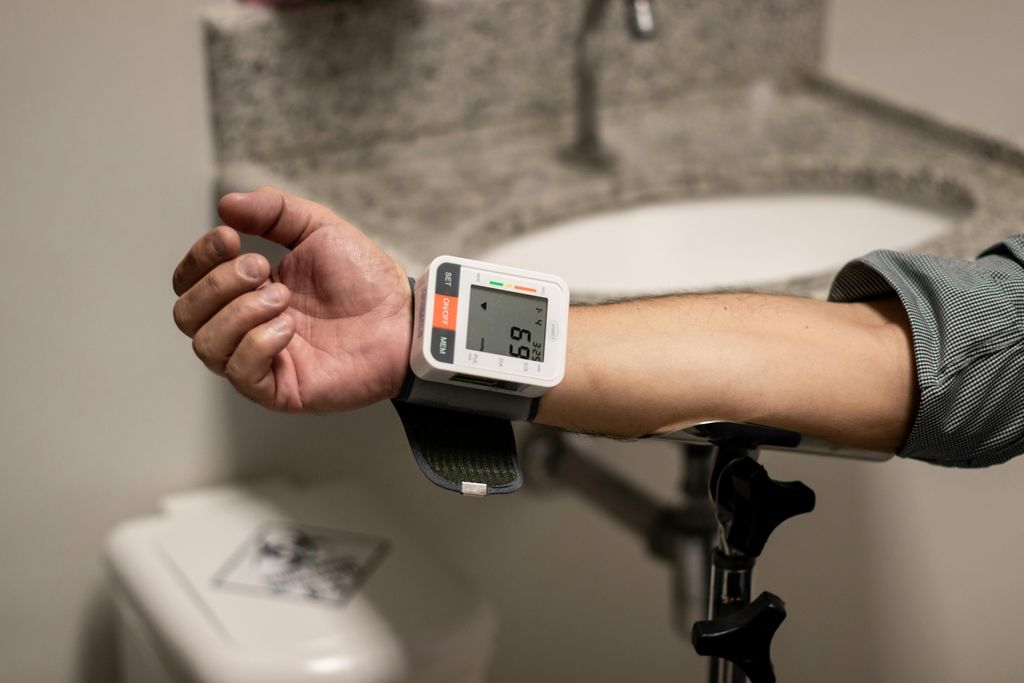
3. **How to Measure Blood Pressure Accurately**Accurately measuring blood pressure is a key step in managing and understanding your cardiovascular health. There are primarily two methods to check your blood pressure: using a manual blood pressure monitor or an automatic digital blood pressure monitor. Both methods aim to provide precise readings of your systolic and diastolic pressures, but they differ in their operation and ease of use.
A manual blood pressure monitor typically consists of a cuff that is inflated with air, a stethoscope, and a gauge. The cuff is wrapped around your upper arm, and as it inflates and then slowly deflates, a healthcare professional listens for specific sounds through the stethoscope while observing the gauge to determine your systolic and diastolic readings. This method requires training and is often performed by medical professionals due to its reliance on auditory cues.
On the other hand, automatic digital blood pressure monitors are designed for ease of use and are widely available for home monitoring. These devices also feature a cuff that wraps around the upper arm, but they automatically inflate and deflate, displaying the blood pressure readings on a digital screen. They eliminate the need for a stethoscope or specialized training, making them a convenient option for individuals to track their blood pressure regularly. Regardless of the method, learning how to measure your blood pressure correctly is crucial for obtaining reliable results, and resources are available to guide you through the proper technique.

4. **Interpreting Blood Pressure Charts for Effective Monitoring**Utilizing a blood pressure chart is a simple yet incredibly effective way to track and monitor changes in your blood pressure over time. This tool provides a structured format to record your readings, helping you and your healthcare provider identify trends, assess the effectiveness of treatment plans, and spot potential problems early. Understanding how to use and interpret these charts can significantly enhance your health management.
To begin using a blood pressure chart, you first take a blood pressure reading using a standard blood pressure cuff, whether it’s a manual or an automatic device. Once you have your reading, you meticulously record the date, time, and both your systolic and diastolic readings in the appropriate columns on the chart. It’s also beneficial to note any other relevant information at the time of the reading, such as medications you’ve taken or any other health conditions that might influence the results.
By consistently repeating this process over time, you build a valuable historical record of your blood pressure readings. This ongoing log allows for the identification of patterns, such as whether your blood pressure tends to be higher at certain times of day or if it’s consistently elevated or low. This data is invaluable for tracking your progress, making informed decisions about lifestyle adjustments, and providing your doctor with comprehensive information to tailor your care plan effectively. The chart essentially transforms individual readings into a meaningful, continuous health narrative.
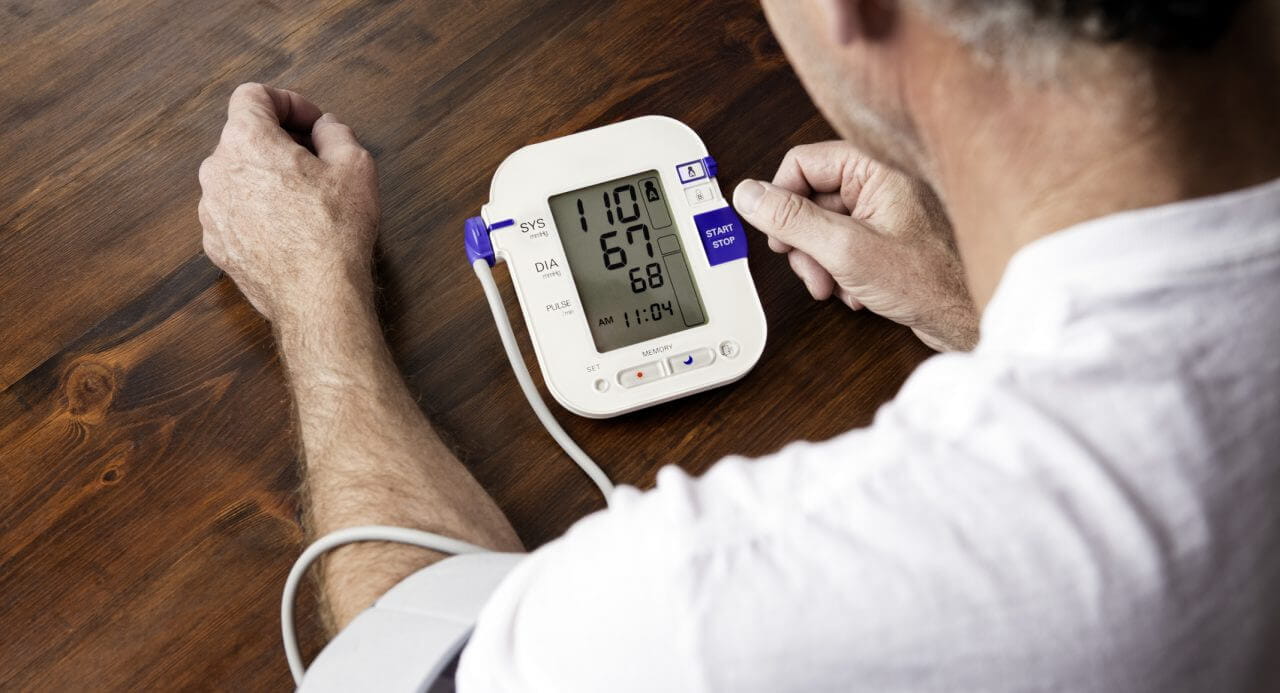
5. **What is ‘Normal’ Blood Pressure?**Defining what constitutes “normal” blood pressure is a cornerstone of cardiovascular health assessment. According to current guidelines from the American Heart Association (AHA), normal blood pressure is explicitly defined as a systolic blood pressure of less than 120 millimeters of mercury (mm Hg) and a diastolic blood pressure of less than 80 mm Hg. These values are widely accepted as the healthy benchmark for adults, indicating optimal pressure within the arteries during both heart contraction and relaxation.
It is important to understand that these normal values are based on averages derived from extensive health data and serve as a general guideline. While 120/80 mm Hg or lower is considered ideal for all adults, individual blood pressure values can exhibit some variability. Factors such as a person’s age, their overall health status, any medications they may be taking, and their specific lifestyle choices can all influence what is considered typical for that individual.
For instance, while a 30-year-old would aim for less than 120/80, a healthy blood pressure level for a 50-year-old is also anything below 120/80, according to current AHA guidelines. A reading of less than 130/80, which was once considered normal for a 50-year-old, is now classified as elevated. This consistent standard across adult ages underscores the importance of maintaining blood pressure within this healthy range to mitigate cardiovascular risks. If a reading is consistently above 130/80, it is diagnosed as hypertension, often requiring lifestyle changes and potentially medical treatment.

6. **Blood Pressure Categories for Adults Aged 65 and Older**For adults aged 65 and older, understanding specific blood pressure categories is particularly important due to physiological changes that occur with age, such as arteries naturally hardening. The American College of Cardiology (ACC) and the American Heart Association (AHA) provide comprehensive guidelines to help define these categories, informing treatment and management strategies. These guidelines help differentiate between optimal, elevated, and hypertensive states.
Firstly, for seniors, a blood pressure reading of 90/60 mm Hg or lower is considered low blood pressure, also known as hypotension. While often less discussed than high blood pressure, excessively low blood pressure can lead to symptoms such as dizziness or fainting, which significantly increases the risk of falls in older adults. If these symptoms are experienced, it is crucial to consult a doctor immediately.
Normal blood pressure for adults 65 and older is generally considered to be lower than 120/80 mm Hg. However, the ACC and AHA currently recommend that men and women 65 and older aim for a blood pressure lower than 140/90 mm Hg, acknowledging that target values can vary among medical organizations and individual patient conditions. If a senior’s blood pressure falls within a normal range of 91/61 mm Hg to 119/79 mm Hg, they should continue to maintain their healthy habits.
Elevated blood pressure in older adults is defined as a systolic reading between 120-129 mm Hg and a diastolic reading of less than 80 mm Hg. At this stage, while not yet considered hypertension, lifestyle changes are usually recommended to help regulate blood pressure. These changes typically include increasing physical activity, adopting a heart-healthy diet that is low in salt, and limiting alcohol consumption, aiming to prevent the progression to more severe stages of hypertension.

